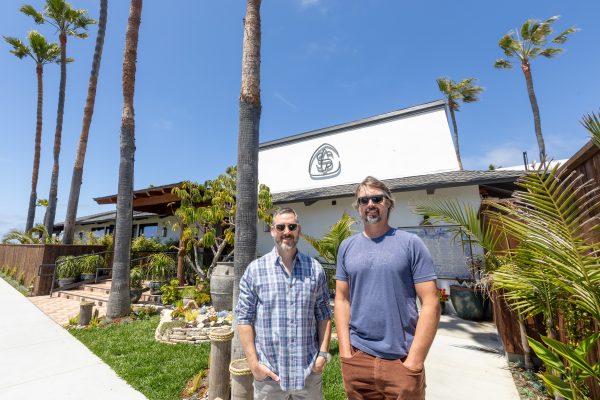
Owners applying for permits to demolish historical properties will have to wait 30 days while the city verifies if the property meets criteria for a landmark, according to a decision made by the city council on Feb. 17.
The rule will apply to properties that haven’t been nominated or designated landmarks. If the property meets the criteria, no permit will be issued.
The decision came as the city crafts a historical preservation law, which the council conceptually approved in October. Staff asked the council to weigh in on several issues as they draft the law.
The council’s choice might have saved the Peck house on Alma Avenue, which was built by one of the city’s founders in 1922 and was recently sold to a developer who plans to tear it down. In response to residents’ efforts to save the house, the city is considering moving and preserving it.
As directed by the council, only the city, the Manhattan Beach Cultural Heritage Conservancy or the owner can nominate a landmark. Staff suggested this option to prevent “irresponsible use” of the ordinance.
“If you had a neighbor who was disgruntled over something, it could be used to hold up a sale or addition to the property,” said Community Development Director Marisa Lundstedt.
Generally, the owner’s consent is required to landmark a property. However, the city council has the ability to override the owner’s decision.
The council also weighed whether to create a separate historic preservation commission to administer the program or to use the city planning commission and add two new members. Staff suggested the second option, arguing that it would save money and take less time to get going. The difference between the two options was $23,000, according to Lundstedt. However, having a separate board, which is the norm for preservation programs, including Redondo Beach’s, would make the city eligible for federal grants. The historical consultant hired by the city, Debi Howell-Ardila of SWCA Environmental Consultants, said that the chances of getting a grant were “pretty good.”
The council considered following the staff’s recommendation, but the LA Conservancy, which is helping the city set up its preservation program, and the Manhattan Beach Cultural Heritage Conservancy were adamant about having a separate body. Marcello Vavala of the LA Conservancy said that he wouldn’t “name names,” but that preservation programs without stand-alone boards weren’t “very active.”
“If you look at the number of buildings they’ve landmarked, it’s anemic,” he said. “You’re spending so much time and money, you want to have a full body of experts to guide you. An ordinance is great, but it sits on paper. It takes implementation.”
The council decided to have a separate board with five members, including one architect and one historical expert.
Lundstedt said that staff would complete a draft of the ordinance next month. It must then go through planning commission and city council public hearings and the California Coastal Commission. ER











